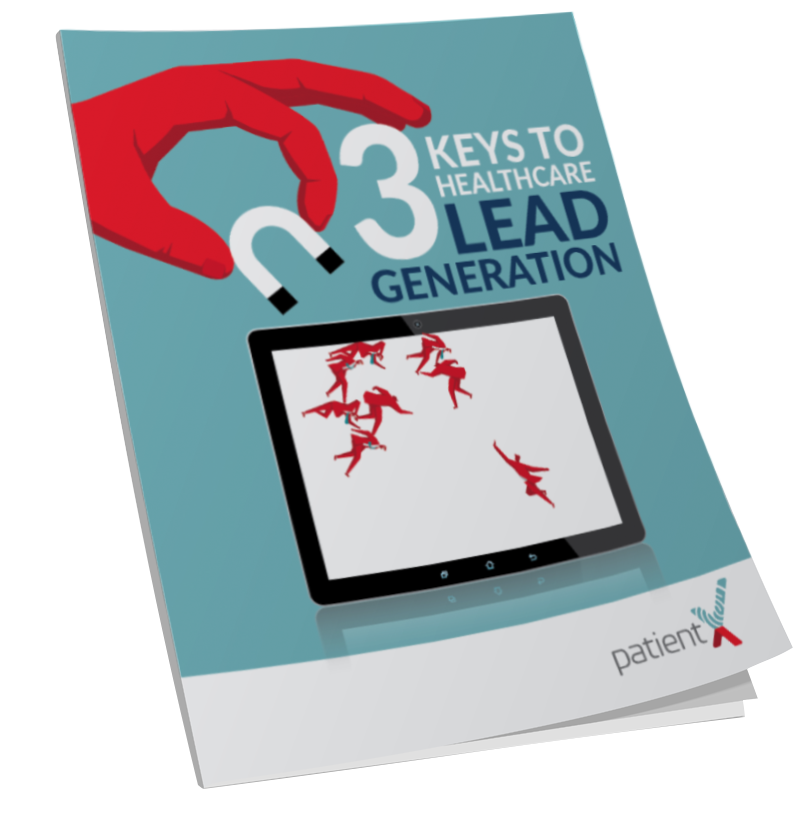Consumer Assessment of Healthcare Providers and Systems (CAHPS) surveys are an effective tool to measure and address patient satisfaction. Even though they offer healthcare providers with insight into what they’re doing well and what needs improvement, CAHPS survey challenges fall short in a few ways. Surveys rely on patient self-reporting, which means answers are sometimes incomplete or inaccurate because of a lack of knowledge and/or the patient does not fully remember their experience. Another shortcoming of CAHPS surveys are their individuality. They are intended for a large population of patients, and, therefore, are too generalized at times, rather than being tailored to a specific patient or group.
By not tailoring reports to a well-defined audience, the audience may not be communicated to effectively, or their interest might not be engaged. Some examples of this are CAHPS surveys that don’t make it easy for patients to answer questions. If a survey does not anticipate patients’ lack of health literacy, or even a language barrier, the survey will not communicate effectively and patients will be unable to respond accurately.
Reporting Data
The reporting and assessment of data from CAHPS surveys is often unclear as well, and many agencies and teams in the healthcare industry continue to be perplexed by their scores based on the surveys. Scores are based on patient population every quarter. A star rating can change from one public reporting period to the next, even if its score doesn’t change. Each star rating is calculated relative to the scores of all other agencies that release ratings from the CAHPS surveys. Does the lack of substantial differences in CAHPS data from year to year make the reporting of annual CAHPS rates unhelpful? Scores are refreshed every quarter, and the public score is weighted according to the patient population. The reported score is the average of the last 4 quarters’ results. If that doesn’t make a lot of sense, then you can see why the healthcare industry is often confused by the reporting and assessment of CAHPS surveys.
From the FAQs on homehealthcahps.org:
“… an agency that achieved an overall rating score of 94% in one public reporting period and was assigned to the 5-star category could find itself assigned to the 4-star category with that same score the following public reporting period, if the distribution of agencies overall resulted in more agencies with higher overall rating scores.”
Just as patients would benefit from tailored surveys, the healthcare industry would benefit from results and ratings that were clearer and consistent.
Concerns with Fairness and Effectiveness
While the intent of CAHPS surveys is good, there are two concerns regarding fairness. The first concern is that it isn’t fair to compare CAHPS scores across different healthcare providers or health plans. And the second is that there are factors beyond the control of surveys. For example, surveys often fail to anticipate how patients might respond based on their age or education level and how that could affect the results. When it comes to surveys, carefully choosing how questions are worded and how questions are presented matters for keeping them fair and effective.

3 KEYS TO HEALTHCARE LEAD GENERATION
The healthcare industry is quickly changing from traditional to digital so online lead generation is more important that ever before!
LEARN MORE
Factors such as age and general health of a patient can also affect a CAHP score. However, discrepancies in scores that have resulted from factors that were unaccounted for are taken into consideration. A technique called the case-mix adjustment makes it possible to estimate how a healthcare provider would have scored if they served patients who all had similar characteristics. Case-mix adjustments aim to level the playing field, and they reduce the likelihood providers will avoid taking patients who they believe might file poor reports because of factors out of the provider’s control.
How do you get a survey to a patient?
Do you hand surveys to patients in the office and request they fill it out and return it before leaving? Do you mail surveys to patients at home? Do you ask questions over the phone? If you have a practice website, do you direct them to log on and fill out a survey posted online?
Healthcare providers who conduct CAHPS surveys by phone have their scores adjusted downward, and the adjustments are made based on the theory that higher acceptance and completion will inflate their scores over the providers who survey their patients by mail. For providers who have a website, there has been a growth in web-based patient surveys. However, the internet and email are not approved methodologies.
CAHP surveys are an important part in making sure patients receive quality care, and they help care providers better understand what they’re doing well and what they can do better. In order for CAHPS surveys to be more effective, though, surveys should be better tailored to meet the anticipated needs of patients, and they should pose questions that are communicated effectively. Care providers can benefit more from these surveys if the results and assessments are done fairly, accurately, and consistently.

